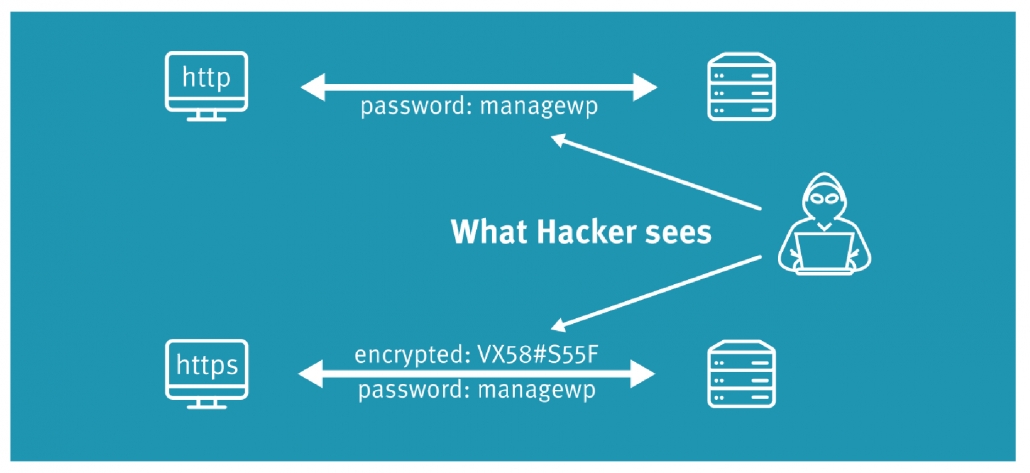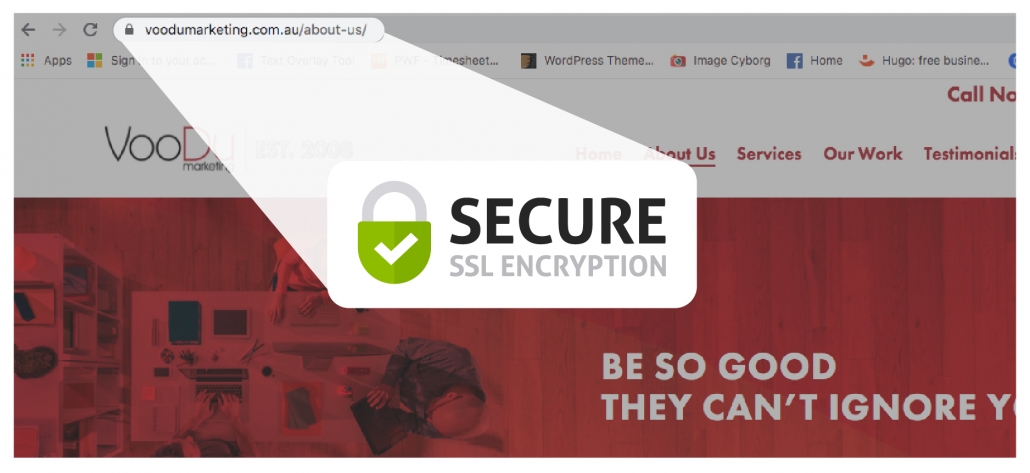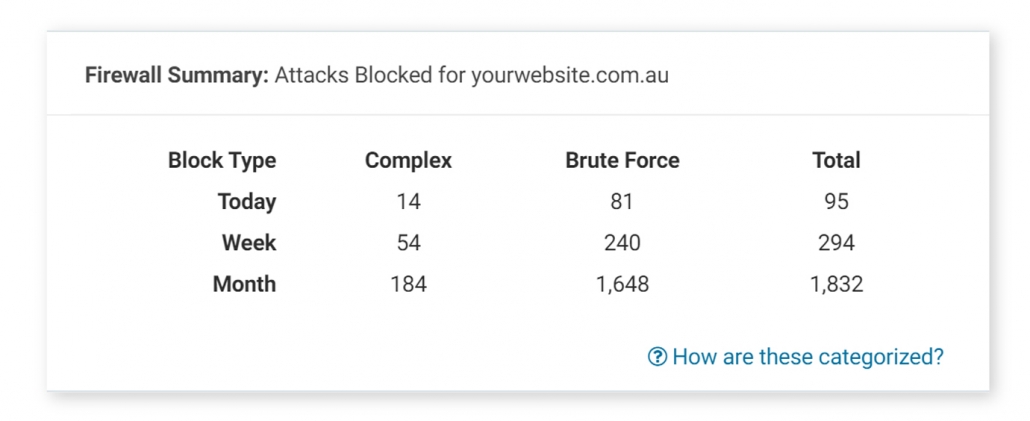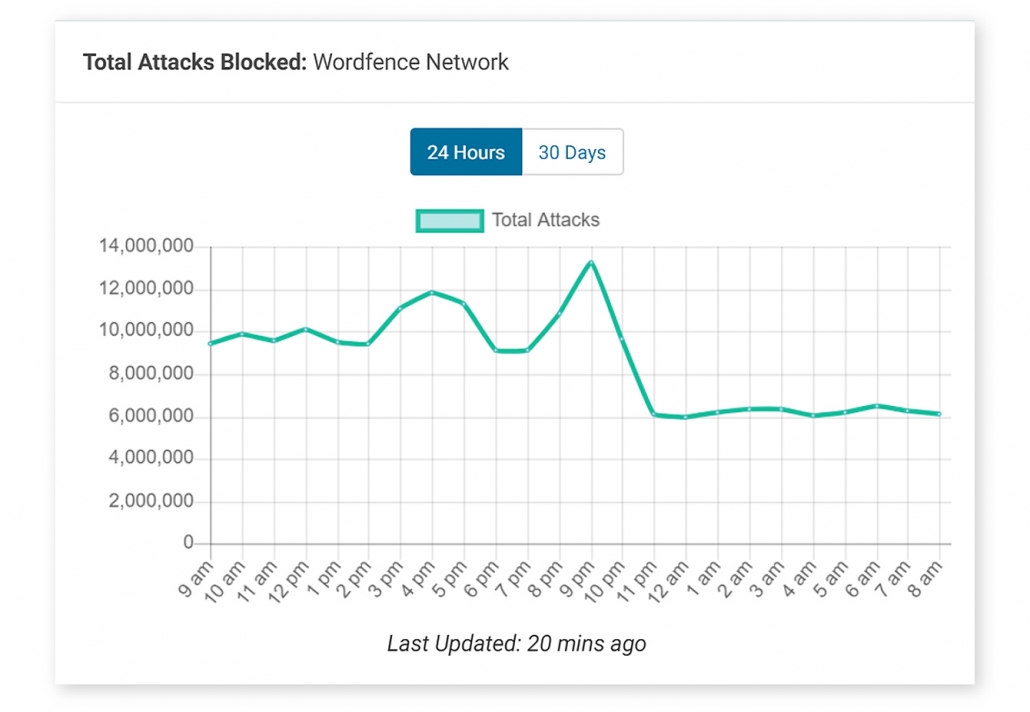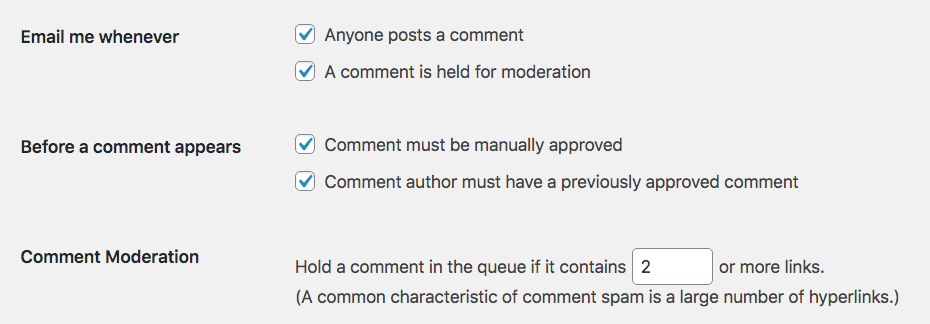If you have an online form on your website, you will likely receive spam. That’s the inevitable truth of running a website in 2020.
Any time you publish a form or survey online, it’s likely that you receive some inaccurate or fake information from pranksters, spambots, or people who don’t want to provide their true details.
There is a better way
To this day, Completely Automated Public Turing Tests To Tell Computers and Humans Apart (CAPTCHAs) are still one of the most efficient ways to prevent bots from spamming your website.
Interestingly enough, Google acknowledges its CAPTCHA text is so complicated that even humans only solve it 87% of the time.
The challenge remains: bots are getting smarter every day, and people are growing increasingly frustrated with having to solve ridiculous CAPTCHA challenges.

The good news is that there are alternative solutions to CAPTCHA that offer protection and a significantly improved user experience. Here are a few tips and options to help you fight spam:
1. Add SSL to your website
If you’re collecting sensitive data on your website, like login details or credit card information, the #1 thing you need to do to ensure your form’s security is to add SSL to your site. Hackers can collect your details when you fill out a form and submit it without a secure connection. This information can then be used to generate targeted spam messages or various cyberattacks.
There is an easy way to check if a website has a valid SSL certificate. Just look at the browser address bar; on the left side of the address bar, you’ll see a padlock symbol. If the padlock is unlocked, it indicates that the website is not secure.
By clicking on the padlock, you would see more information as below.
2. Use a Trusted & High-Quality Website Hosting Provider
A well-managed WordPress hosting service will block brute force attacks and certain bots from accessing your website in the first place. This significantly reduces traffic to your website and improves user experience when the website is not always overloaded.
3. Google reCAPTCHA
Google reCAPTCHA is a free service that protects your website from spam and abuse. ReCAPTCHA uses an advanced risk analysis engine and adaptive challenges to keep automated software from engaging in abusive activities on your site. It does this while letting your valid users pass through with ease.
You can demonstrate that you’re human through a click of the “I am not a robot button or with the image labelling as we see today.
If the program flagged your machine as suspicious (mainly because you haven’t visited this website before) then you might have to do an image challenge, which can be fun! Maybe?
4. The Honeypot Method
Honeypots are additional pieces of code used to catch bots without compromising the user experience. The most common example of this is the hidden form field. Normal users can’t see or enter data into hidden fields, and spam bots often fill out every field on a form programmatically. Therefore, hidden fields with data must come from spam bots. Caught you, spambot!
5. Configure Your WordPress Discussion Settings
Before installing any anti-spam plugin, ensure that your discussion settings are configured correctly. They are located in the Settings section of your admin area.
Go to Settings > Discussion, and you’ll see all kinds of options WordPress has for cutting down on comment spam. What you see below are some very helpful default options, so I recommend sticking with them.
6. Keep Anti-Spam plugins up to date
While you should regularly update all your plugins, it’s especially important to pay special attention to any spam plugins you’re using, such as Akismet. They frequently release updates that catch the “latest and greatest” spambots. So, if you’re slow to update, make a note to remind yourself.
If you’re losing the battle with spambots, book a free 30-minute Website Optimisation Review or drop us a line on 03 9077 4888 today. The team loves it when the phone rings ?
Our talented team of web developers and digital marketers will help you get on top of the serious threat of spam bots while enhancing your user experience at the same time.




